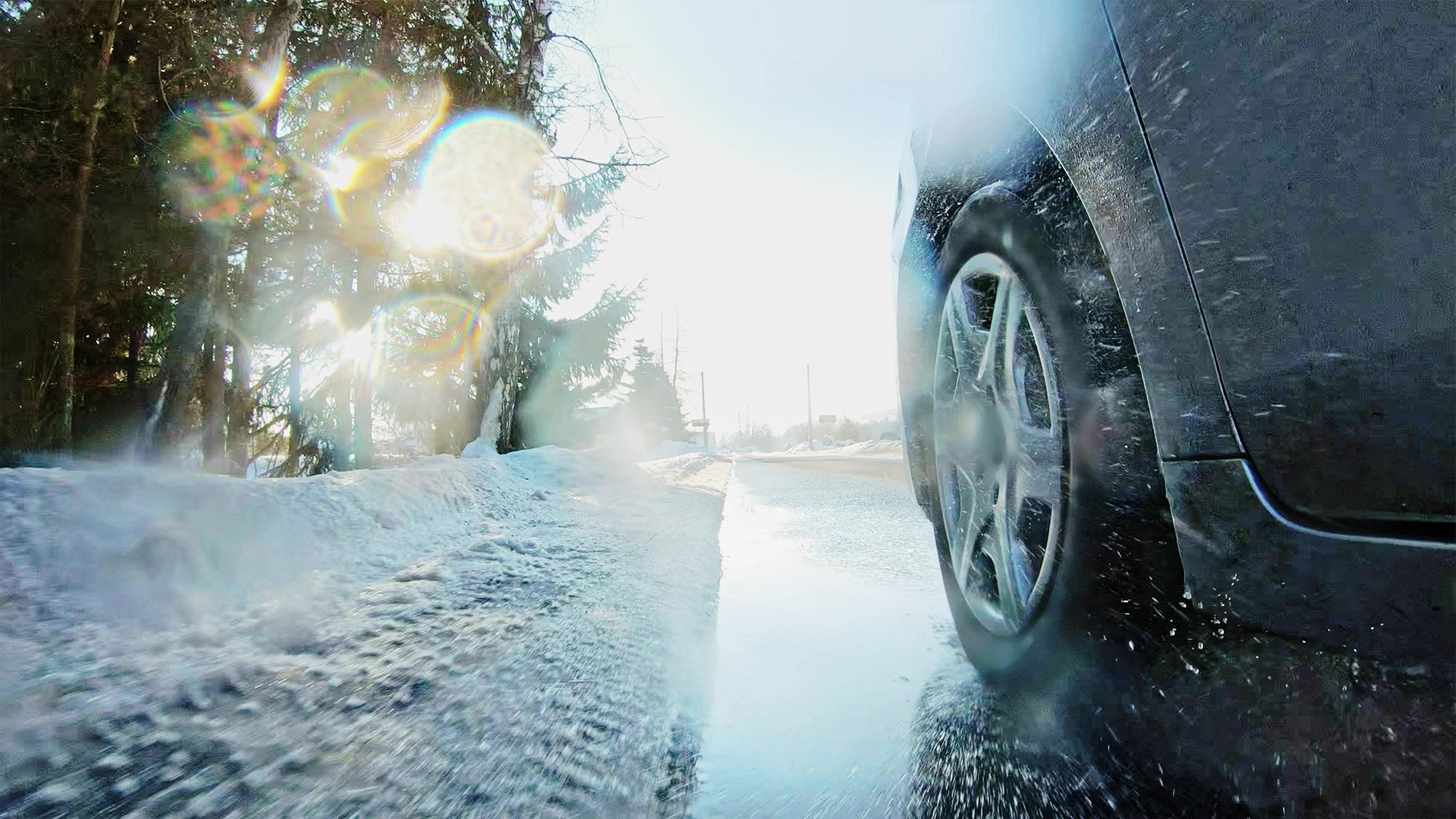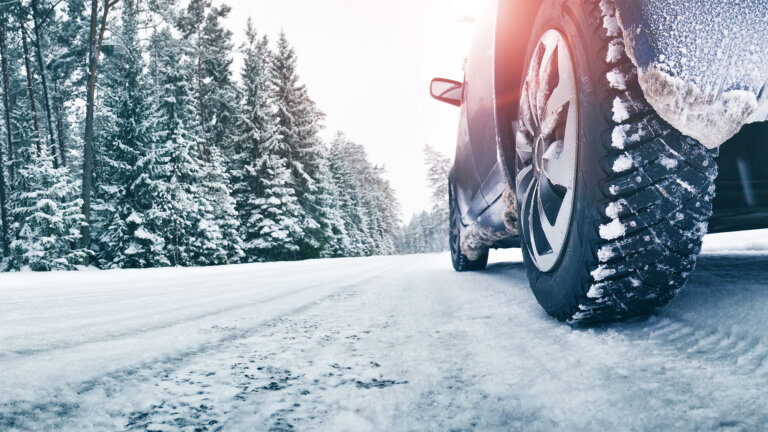Winter tyres are compulsory in Luxembourg in winter weather, but certain all-season tyres are also allowed. We should therefore ask ourselves what advantages one offers over the other. Are “real” winter tyres really work the extra cost?

Should you really choose winter tyres?
Tyres are divided into three categories: summer tyres, winter tyres and all-season tyres.
When it comes to preparing for winter, the first can immediately be excluded, as their use is punishable by a fine. Under the law, you must put tyres suitable for cold weather on the four wheels of your car.
If you fail to do so, you risk a fine of €74, and your vehicle may be immobilised by the police.
What are the differences differences between winter tyres and all-season tyres?
They each have different physical properties, which make them more or less adapted to specific circumstances.
Winter tyres are made of softer rubber, and their tread has fine grooves that cut through snow more effectively.
All-season tyres offer a compromise between the hard and soft rubber of summer and winter tyres.
The advantages of all-season tyres
For numerous Luxembourg citizens, all-season tyres are the ideal solution in our ultimately fairly mild climate. They can deal with the heat of the summer, wet roads and winter snow falls.
While winter tyres are only really suitable for the coldest weather conditions, all-season tyres can be used during the hottest months. You can theoretically use them for the whole 12 months of the year. Theoretically, because most manufacturers state that all-season tyres are effective up to temperatures of -7 °C.
Their biggest advantage is therefore financial. Even if these tyres are more expensive to buy, you save on any storage and mounting costs.
They will therefore be better than winter tyres on wet surfaces, and better than summer tyres on snow, but they will never perform better than those designed for their respective seasons.
The advantages of winter tyres
The main reason why numerous motorists consider winter tyres is the threat of snow, because they do not want to get stuck as soon as their vehicle has to face a road covered by snow.
Winter tyres work better than all-season tyres when temperatures fall below 7 degrees. In addition, in minus temperatures they are simply unbeatable (from around November to February).
On snow or ice, they offer better grip and stability. This is illustrated by braking performance, which is almost twice as good.
The M+S and 3PMSF labels
You need to look on the side of a tyre to know if it was designed for winter use. Markings such as M+S, M&S and 3PMSF promise a certain degree of control on snow-covered roads.
Most all-season tyres have the M+S marking (which means “mud and snow”). In theory, M+S tyres have a softer compound and a tread with more patterns. However, this is not a label as such, because there is no standardisation. Every manufacturer can put it on without having to pass any test.
The only standardised label that complies with EU regulations is designated by the 3PMSF logo: a three-peak mountain snowflake.
Conclusion: which tyres should you choose?
Temperature is perhaps the most important factor when choosing tyres. At present, according to research conducted by tyre manufacturers, winter tyres are more effective than summer tyres in temperatures of less than 7 °C.
Whichever option you choose, it is important to know what your tyres are capable of. Don’t drive too fast in snow with your all-season tyres. And is you have snow tyres, be careful on wet roads.



